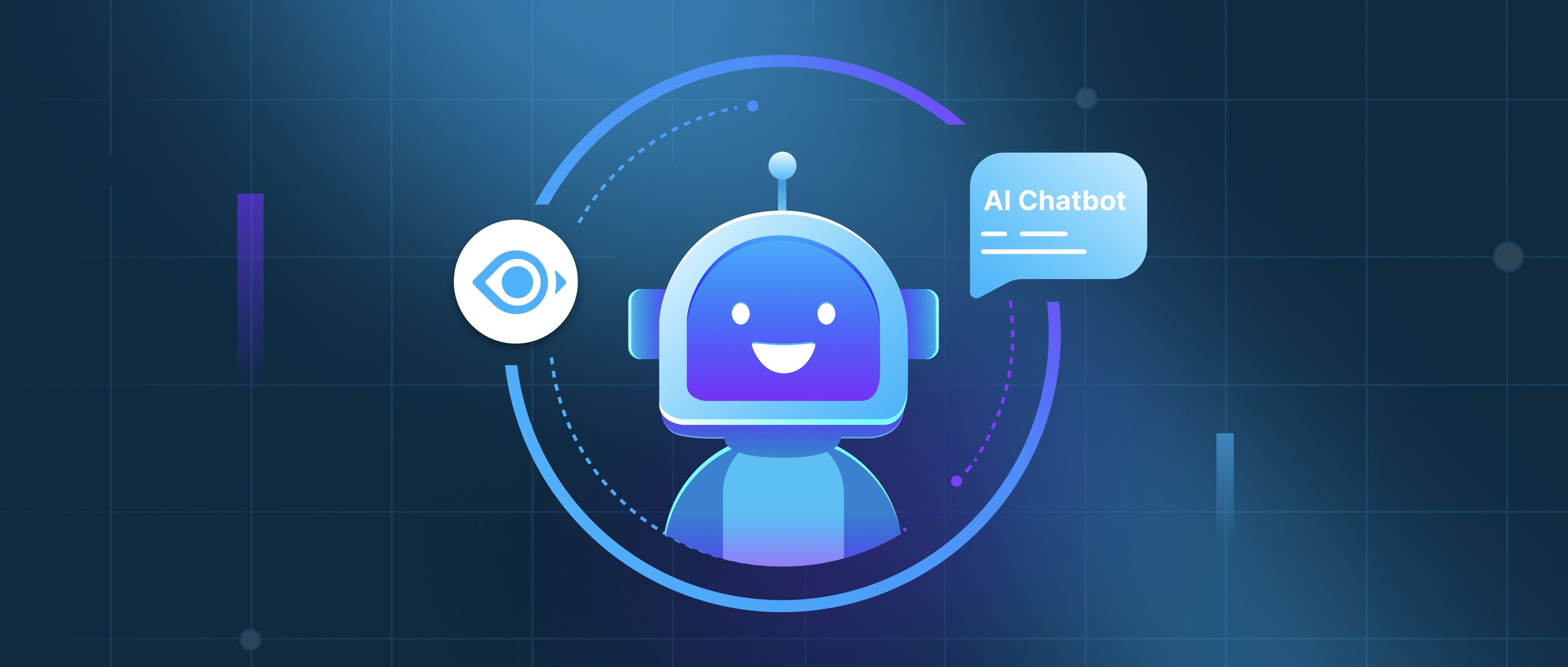DeepResearch determines the trustworthiness of sources through a multi-layered approach that evaluates domain authority, content quality, and cross-referencing. First, it assesses domain authority by analyzing the reputation of a website based on factors like its top-level domain (e.g., .gov, .edu), historical reliability, and backlink profiles. For example, government websites, academic institutions, or established organizations like the WHO are prioritized due to their consistent track record of accuracy. Automated checks for SSL certificates, site age, and traffic patterns also contribute to this evaluation. This ensures that sources with a proven history of credibility are weighted more heavily during information retrieval.
Next, content quality is evaluated using natural language processing (NLP) tools to analyze factors such as citation density, grammatical accuracy, and semantic coherence. Articles with proper references to peer-reviewed studies, clear structure, and minimal factual errors are flagged as reliable. For instance, a medical article citing clinical trials from reputable journals would rank higher than one lacking citations. Additionally, recency is prioritized for time-sensitive topics—like technology or healthcare—to avoid outdated data. Cross-referencing further validates information by comparing claims across multiple high-authority sources. If conflicting data arises, consensus algorithms determine the most widely supported view, while outliers are flagged for review.
Finally, DeepResearch incorporates user feedback and continuous updates to refine its trust metrics. Users can report inaccuracies, which are analyzed to adjust source credibility scores, though safeguards prevent abuse (e.g., requiring verified accounts for feedback). The system also acknowledges limitations, such as potential biases in seemingly authoritative sources or the slow inclusion of emerging credible platforms. Regular updates to domain lists, NLP models, and validation rules ensure adaptability. For example, in fast-moving fields like AI research, recent peer-reviewed papers might be prioritized over older articles, even from established domains. This dynamic approach balances automation with human oversight to maintain reliability while minimizing blind spots.
